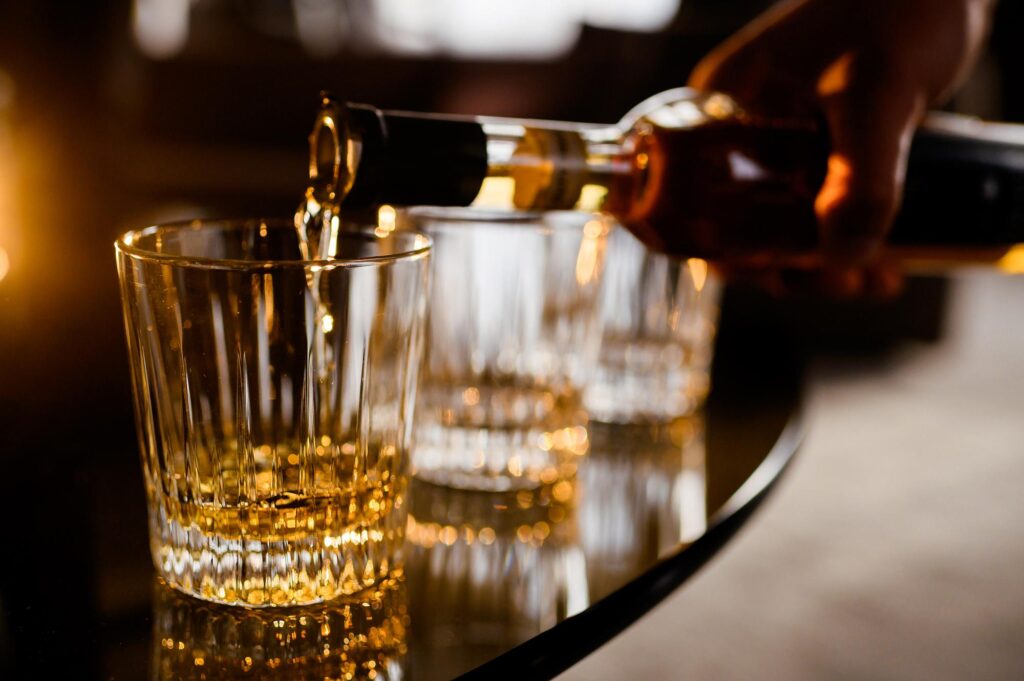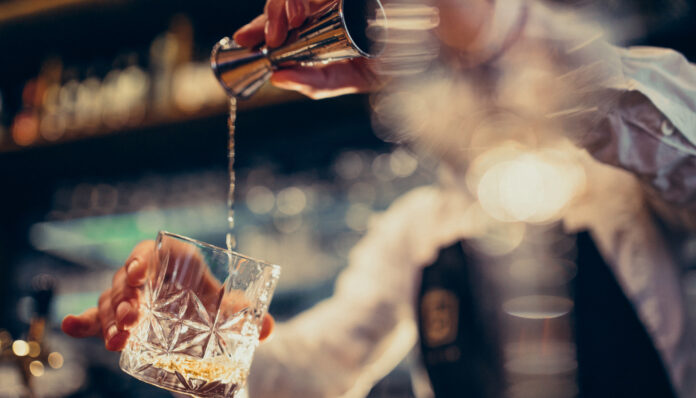A decade ago, celebrations in Indian households typically featured standard whisky or rum, with premium labels reserved for only the most special occasions. Today, a new narrative is unfolding—one driven by a discerning consumer base that values experience over mere consumption. The Indian middle class, once defined by frugality, is now rewriting the rules of indulgence, fueling a premiumisation wave in the alco-bev market. From single malts and small-batch gins to meticulously crafted cocktails, upscale bars across metros and even tier-two cities reflect this transformation. The preference for quality and craftsmanship over affordability is no longer a niche trend but a broader cultural shift, signaling a fundamental evolution in consumer preferences.
By 2030, nearly 75 million Indians will belong to the middle-class segment, with disposable incomes projected to rise at a CAGR of 12%. This expanding financial confidence is turning premiumisation from a luxury into an expectation, with the premium spirits market in India already growing at a staggering 7.7% CAGR—far outpacing the mass segment. Exposure to global trends through travel, digital connectivity, and aspirational lifestyles has further refined tastes, fostering a preference for high-quality spirits, craft beers, and premium imports. The willingness to pay for superior craftsmanship and exclusivity is no longer restricted to the elite but is increasingly evident among urban professionals and affluent millennials. Consumers are now looking beyond traditional choices and embracing products that offer authenticity, heritage, and a sense of discovery.
This generational shift is crucial to the premiumisation trend. Millennials and Gen Z, who now constitute over 50% of India’s working population, are redefining consumption by prioritizing authenticity and craftsmanship over brand legacy. Unlike previous generations, who often associated prestige with international labels, today’s consumers appreciate homegrown brands that combine global expertise with indigenous ingredients and traditional distillation techniques. Digital platforms and social media have accelerated this transformation, offering unprecedented exposure to global drinking cultures and elevating awareness around mixology, food pairings, and artisanal spirits. Whether it’s an emerging Indian craft gin infused with native botanicals or a small-batch whisky aged in sherry casks, the demand for innovation and authenticity is shaping the industry’s future.

The rise of bars, bespoke cocktail experiences, and whisky appreciation clubs further underscores a move towards immersive engagement. Consumers are no longer satisfied with simply purchasing premium spirits—they want to be part of an experience. High-end bars now feature curated tasting sessions, cocktail masterclasses, and exclusive spirit launches that add layers of engagement beyond retail purchases. This evolution is also visible in at-home consumption patterns. With more consumers investing in barware, experimenting with at-home mixology, and curating their liquor cabinets with limited-edition bottles, the premiumisation trend extends well beyond bars and restaurants. The shift towards “drinking less, but drinking better” highlights a more refined and intentional approach to alco-bev consumption.
However, despite its momentum, sustaining the premiumisation wave comes with challenges. India’s alco-bev industry operates within a highly complex regulatory landscape, with each state following its own set of rules, taxes, and distribution systems. High import duties continue to be a significant barrier for premium international brands, making their products substantially more expensive compared to global markets. Additionally, economic factors such as inflation and fluctuating disposable incomes could influence discretionary spending on high-end beverages, particularly in non-metro markets. Distribution remains another challenge, with many premium brands struggling to expand their reach beyond urban centers due to logistical and regulatory constraints.
Yet, forward-thinking companies are finding innovative ways to navigate these hurdles. Many brands are focusing on localized production to avoid heavy import duties, while others are investing in direct-to-consumer (D2C) models and e-commerce platforms to improve accessibility. The role of digital engagement cannot be overstated—brands are leveraging social media, influencer marketing, and virtual tasting experiences to reach new audiences and build deeper consumer connections. By offering personalized recommendations, interactive content, and limited-edition drops through online channels, premium brands are ensuring they remain aspirational yet accessible.

Looking ahead, India’s alco-bev industry is poised for sustained growth in the premium segment. As consumer preferences continue to evolve, industry stakeholders—including producers, distributors, and policymakers—must work towards fostering an ecosystem that supports innovation, accessibility, and market expansion. Beyond just product innovation, the future of premiumisation will be shaped by how well brands can integrate into consumers’ lifestyles, offering not just beverages but holistic experiences that cater to evolving tastes and expectations.
The brands that succeed will be those that balance heritage with modernity, tradition with innovation, and quality with accessibility. While exclusivity remains a key driver, the definition of premium is evolving—it is no longer just about price but about storytelling, craftsmanship, and engagement. As the Indian market matures, there is immense potential for local and international players to redefine what premium spirits mean in a country that is fast becoming one of the world’s most exciting alco-bev markets. The future belongs to those who understand that premiumisation is not just about higher price points but about elevating the entire consumer experience.



